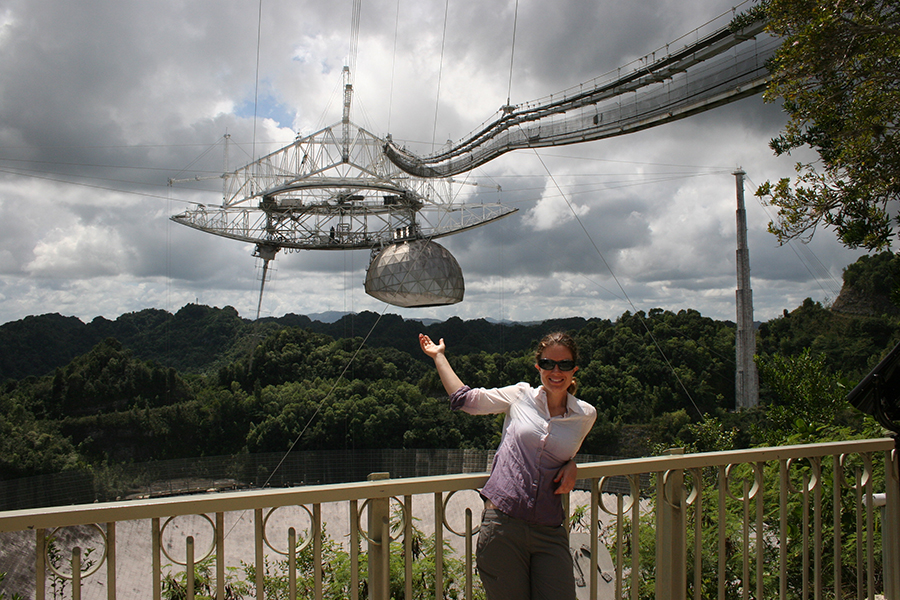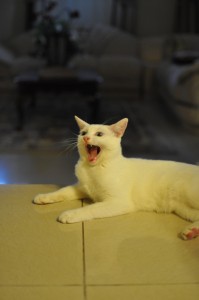Asteroids and Cats: Alumna Finds Them Before They Find Us
-
-
slice.mit.edu
- 1
Filed Under
Recommended
That’s how Alessondra Springmann SM ’11 likes to sum up her work at Arecibo Observatory in Arecibo, Puerto Rico. The Earth and Planetary Sciences (EAPS) alumna recently wrapped up a two-year stint at the observatory, where she spent her days identifying and tracking asteroids using radar astronomy.
“Most astronomy is passive—you collect sunlight that has left the sun hours ago, or you’re studying light emitted from stars. With radar we do not rely on the benevolence of the universe—we generate it ourselves and reflect radio waves off of asteroids.”
Using radar, Springmann and her team worked to keep the world safe from asteroids and had some exciting finds, including a three-kilometer asteroid and its moon. The team also helped reboot ISEE-3, a spacecraft originally sent into orbit in 1978.

Springmann’s interest in asteroids started as an undergrad at Wellesley with the help of an instructor in the college’s astronomy lab, Stephen Slivan '84, SM '86, '89, SM '89, PhD '95.
“I found that his research on asteroids could be understood by a sophomore. It was very accessible,” she says.
Springmann, who was cross registered at MIT during her time at Wellesley, later enrolled at the Institute to get her master’s in planetary sciences.
“My project at MIT wasn’t related to asteroids, but ever since working with Professor Slivan I have tried to be an advocate for asteroids. Finally I got to Arecibo to focus on them full time,” she says.
At Arecibo Observatory, Springmann also became an advocate for something else—stray cats.

Stray animals are a problem in Puerto Rico, Springmann says, and she quickly found herself wrapped up in the issue.
“On my first day at the observatory I saw this family of three kittens and thought ‘Well that’s cute.’ It was all downhill from there,” she says.
After initially feeding the strays, Springmann went on to find homes for five cats and helped to get 10 spayed or neutered—all while sharing photos of them on a Tumblr she still runs.
Springmann’s days of tending to Arecibo’s cats are behind her as she recently moved to Tucson where she is a graduate researcher with the University of Arizona’s Lunar and Planetary Laboratory. Currently, Springmann is working on the OSIRIS-REx Asteroid Sample Return Mission and finding homes for Arizona strays that seem to find her on campus.
“We had kittens living in the ceiling of an office owned by the university!” she relates.
While she can’t stay away from cats, it seems just as hard to stay away from MIT. OSIRIS-REx will include at least one part from the Institute.








Comments
Sonia
Mon, 10/13/2014 3:41am
When I was studying at the university, I too developed keen interest in cats as many cats used to be present near the auditorium area. I even adopted two kittens.